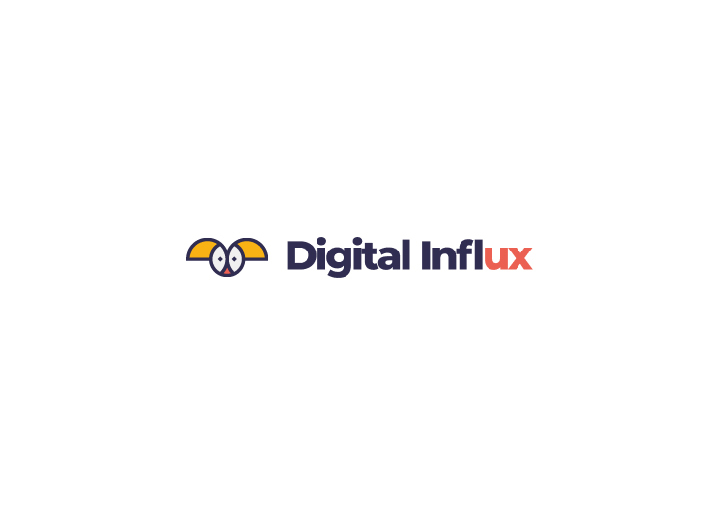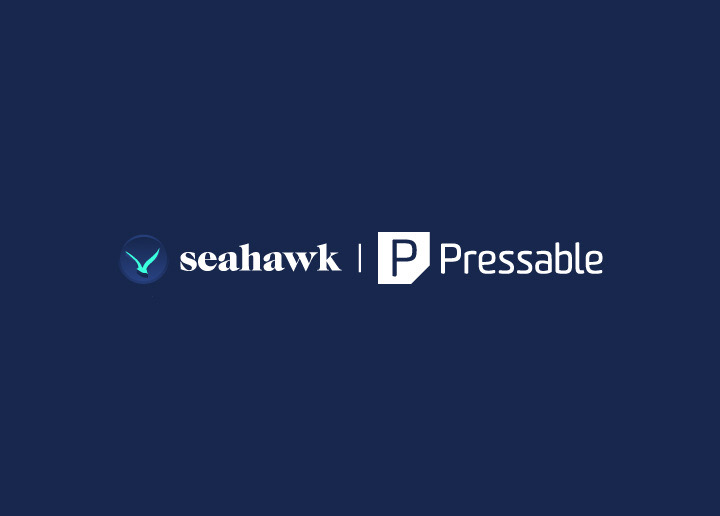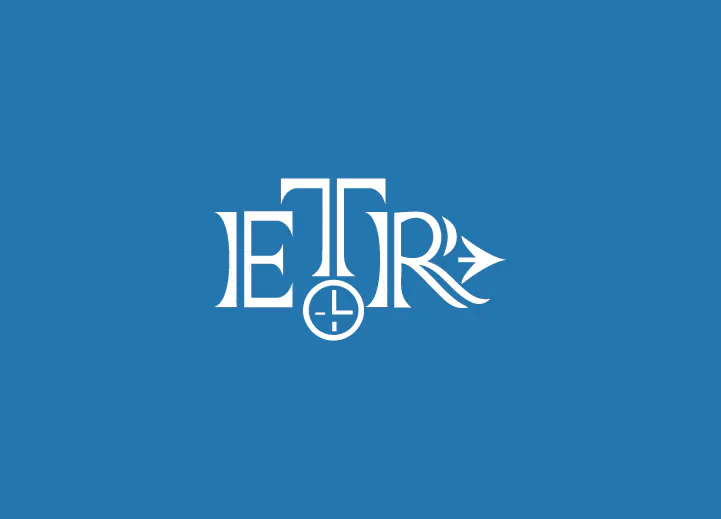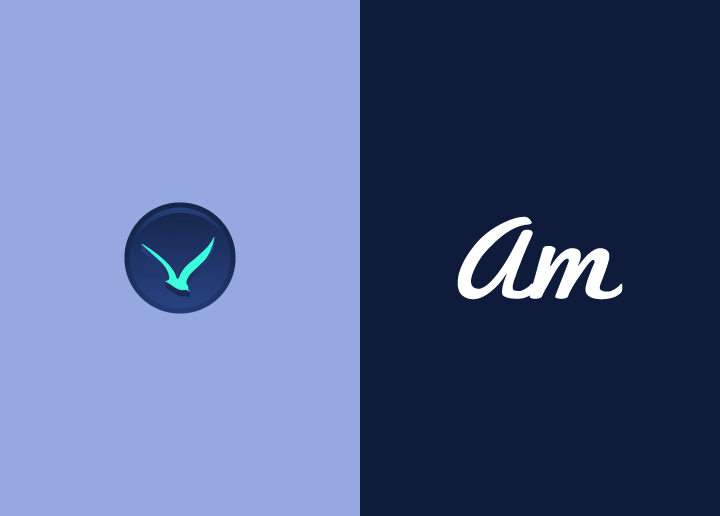WordPress is one of the world’s most popular content management systems (CMS), powering millions of websites. But how did it come to be? In this blog post, we will look at the history of WordPress, from its origins to its latest developments.
How WordPress Came to Origin?
WordPress was created in 2003 by Matt Mullenweg and Mike Little as a simple blogging platform. Its goal was to provide an easy-to-use, customizable platform for anyone to create a website. The first version of WordPress was released on May 27, 2003, and it quickly gained popularity among bloggers and small business owners.
Releases of WordPress
Over the years, WordPress has undergone several major releases, each introducing new features and improvements. The most notable releases include:
- WordPress 2.0, released in 2005, which introduced support for custom templates and themes.
- WordPress 2.7, released in 2008, introduced a new admin interface and the ability to install plugins directly from the WordPress repository.
- WordPress 3.0, released in 2010, which introduced support for custom post types and taxonomies.
- WordPress 5.0, released in 2018, introduced the new Gutenberg editor, simplifying the process of creating and editing content on a website.
- WordPress 6.0 Arturo was released on 24 May 2022 to the public.
WordPress Licensing
WordPress is licensed under the GNU General Public License (GPL), which means it is free to use, distribute, and modify. This has created a large community of users and developers contributing to the platform’s development through plugins, themes, and other add-ons.
What’s Next for WordPress?
Looking to the future, WordPress is continuously being developed and improved, with new features and updates released regularly. The platform is also expanding its capabilities beyond just being a CMS for websites and blogs also to be used for e-commerce, membership sites, and more. With its open-source nature, WordPress will continue to evolve and adapt to the changing needs of its users.
In this article, we discussed the history of WordPress. We’ve been providing WordPress Development Services for many years. If you’re interested in taking your site to the new heights with ease, consider contacting our team and learn about our WordPress services!




















